Agencies Share Similar Data Challenges Despite Size
For homeland security and trade agencies, moving from data centers to a hybrid cloud is part of the solution
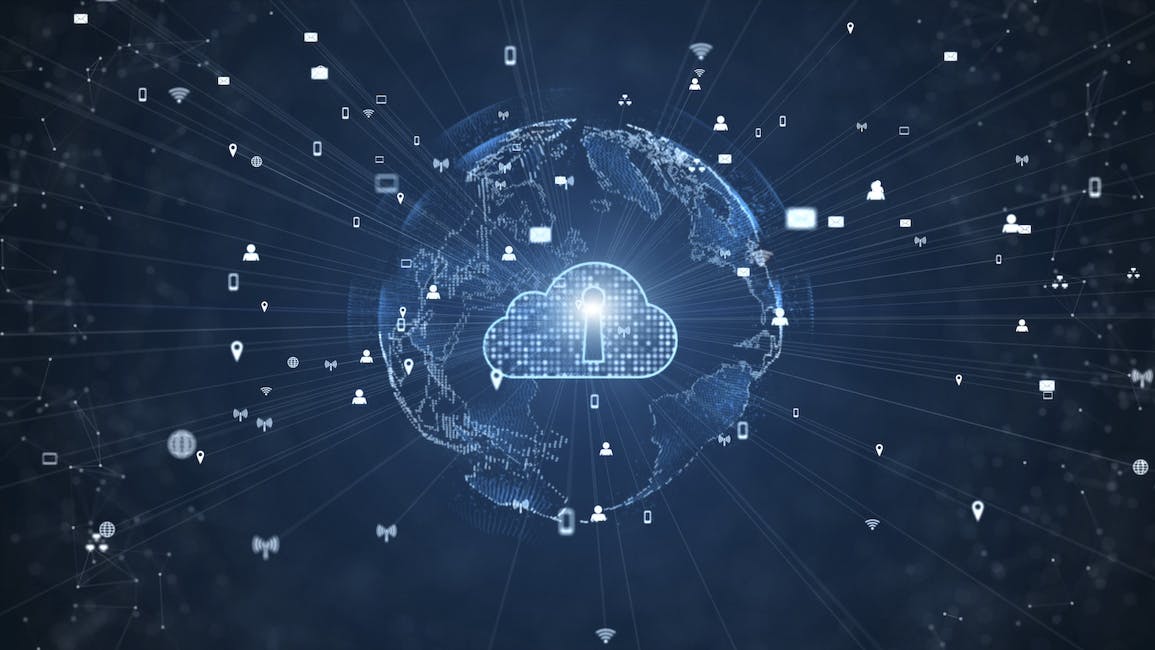
As data becomes increasingly valuable, federal agencies are prioritizing data but struggling to manage it. The Department of Homeland Security and the U.S. Trade and Development Agency are working toward understanding their diverse data sets as they move them to the cloud.
“We definitely see the data value as gold,” said DHS Cloud Architect Richie Balkissoon at Meritalk’s Aug. 20 Inspiring Innovation event. DHS has found that having a hybrid cloud approach makes the agency more nimble, along with the guidance of a chief data officer.
USTDA is considering a hybrid cloud that would involve its home network, the commercial world and the federal data center so that its databases are secure and accessible anywhere, especially for its mission operators.
“Our mission operators travel around the world doing briefings on reverse trade missions talking about durability of U.S. goods as well as total cost of ownership,” said CIO Benjamin Bergersen. “They are looking for that data to always be on their smartphone and on their tablet, and they don’t really want to say, ‘Well, I have to VPN back to a single data center in D.C.’”
Managing data, however, continues to be a challenge for both agencies. DHS has reached out to CDM and network specialists, its security operations centers and its components to help direct the agency on how it should store and encrypt its information, according to Balkissoon.
To tackle the same issue, USTDA brought in a data architecture and database administration team to evaluate its data in terms of value and application. The agency wanted to determine whether it should be collecting different information to “decide how U.S. exports could be marketed to other countries,” said Bergersen. The most important questions were, “What are the success factors?” and “What is the long-term return on investment?”
Bergersen was pleased to share the development agency’s progress on its network modernization, recalling a time in which network maintenance was a great impediment to employee productivity and had to be announced ahead of time. Now, employees no longer experience any interruption when the internet connection is disrupted.
“They didn’t even realize we took the internet connection down because it was cached on their network cloud drive, which was on their PC and on their laptop,” Bergersen said. “When the network connection came back on [and] the maintenance was over, it would synchronize. They never even knew that we were doing maintenance anymore.”
Another benefit of transferring information from data centers to the cloud is that agencies can save money — including DHS. “There are opportunities for cost savings when done correctly. It’s just a matter of making sure that you know what your data is and how it’s mapped,” said Balkissoon.
This is a carousel with manually rotating slides. Use Next and Previous buttons to navigate or jump to a slide with the slide dots
-

The Next AI Wave Requires Stronger Cyber Defenses, Data Management
IT officials warn of new vulnerabilities posed by AI as agencies continue to leverage the tech to boost operational efficiency.
5m read -
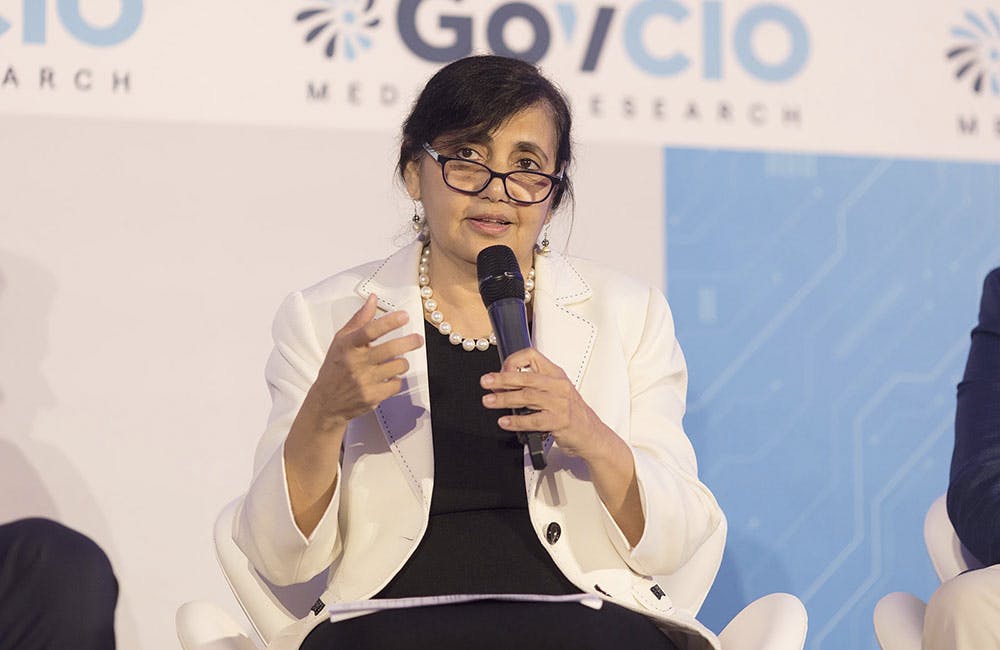
Federal CIOs Push for ROI-Focused Modernization to Advance Mission Goals
CIOs focus on return on investment, data governance and application modernization to drive mission outcomes as agencies adopt new tech tools.
4m read -
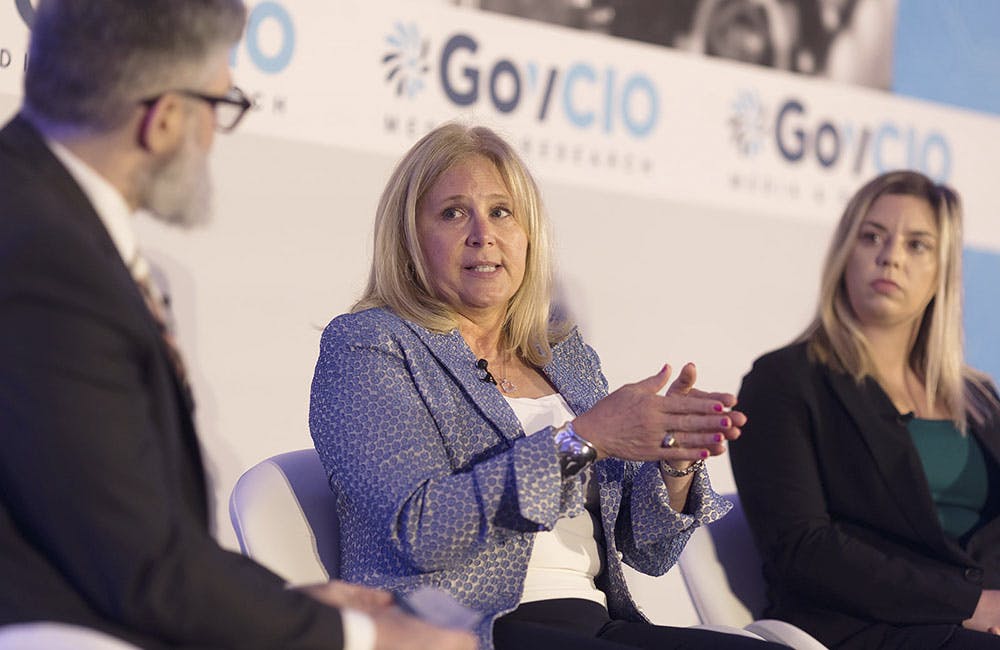
Agencies Push Data-Driven Acquisition Reforms to Boost Efficiency
New initiatives aim to increase visibility of agency spending, improve data quality and create avenues to deploy solutions across government.
5m read -

Data Transparency Essential to Government Reform, Rep. Sessions Says
Co-Chair of the Congressional DOGE Caucus Rep. Pete Sessions calls for data sharing and partnerships to reduce waste and improve efficiency.
5m read -

DOD Can No Longer Assume Superiority in Digital Warfare, Officials Warn
The DOD must make concerted efforts to address cyber vulnerabilities to maintain the tactical edge, military leaders said at HammerCon 2025.
4m read -

Marine Corps Operation StormBreaker Slashes Software Delivery Timelines by 17x
New program aims to deliver critical digital capabilities to warfighters at the "speed of relevance" by overhauling traditional processes.
4m read -
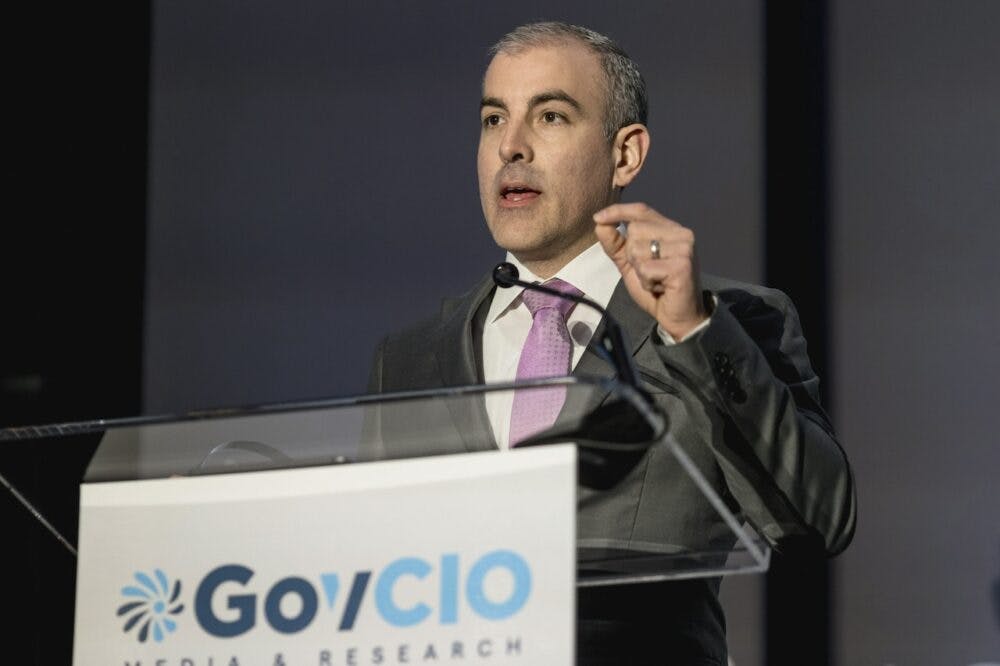
DHA CDAO Spearheads Master Data Catalog to Boost Transparency
Jesus Caban plans to boost DHA's data maturity through a new master data catalog, governance frameworks and inventory of tech tools.
5m read -

IRS Makes Direct File Code Public as Lawmakers Debate Program’s Fate
The agency sees the Direct File source code as beneficial to government digital services despite what happens with it in proposed budgets.
5m read -

A Look at Federal Zero Trust Transformation
Recent developments from CISA and DOD show how government is advancing zero trust quickly.
20m read -
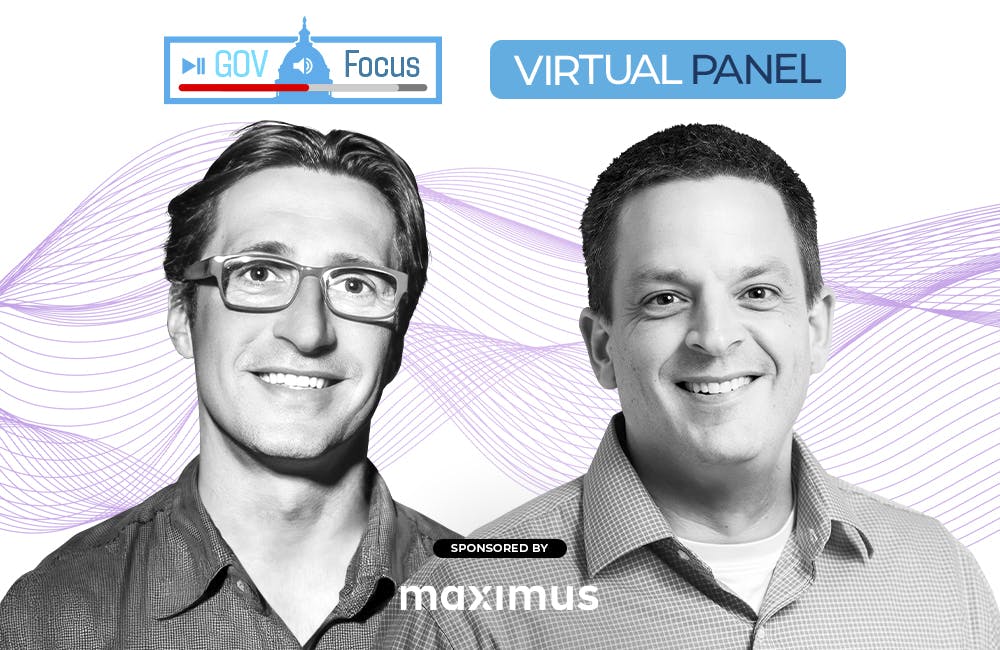
Modernization Strategies to Enable Energy Innovation
Lawrence Berkeley National Lab and Maximus experts explore the modernization strategies driving digital transformation and operational resilience within the energy sector.
33m watch -

New Army Acquisition Plan Cites Autonomy, Predictive Analytics
Officials outline how the Army Transformation Initiative signals a broader shift toward efficiency with tech and acquisition reform.
4m read -
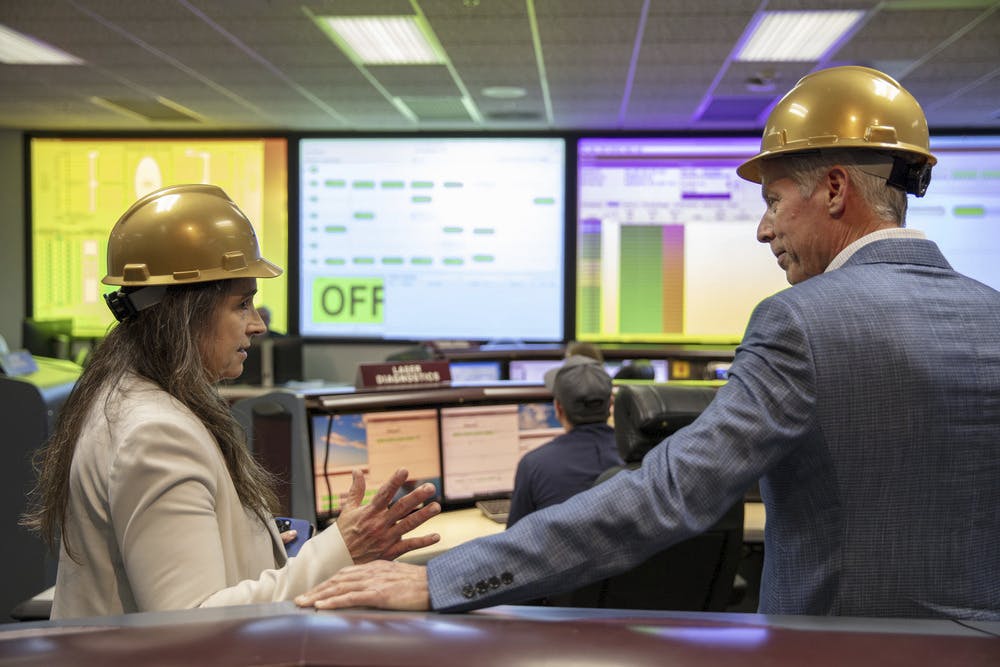
DOE National Labs Launch New AI Tools for Operational Efficiency
The Energy Department's National Laboratories are using AI to increase operational efficiency and drive research efforts forward.
3m read
















